Cylinder Head Cleaning and Inspection L98, LS2
Tools Required
Caution: Refer to Safety Glasses Caution in the Preface section.
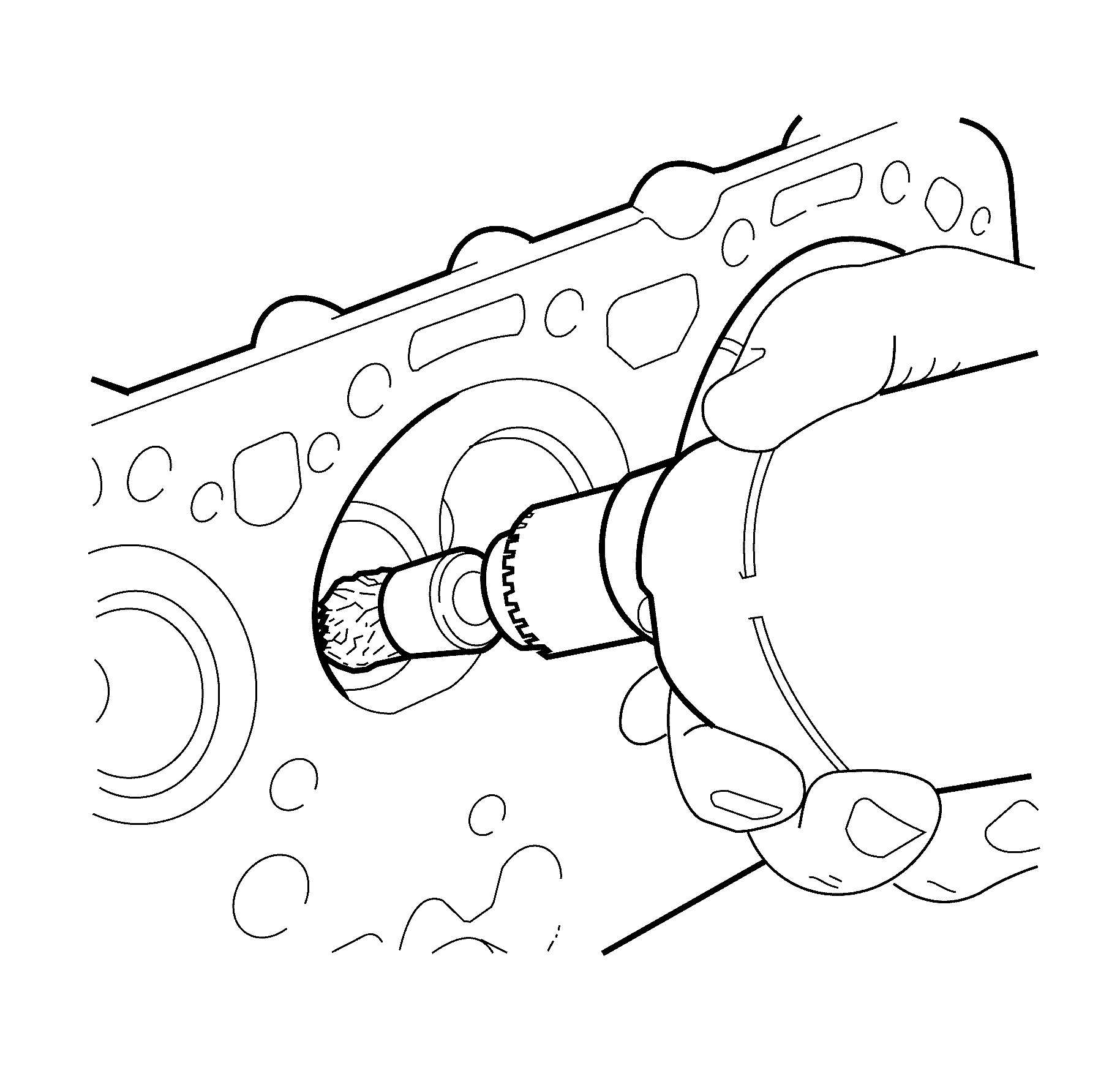
Important:
| • | When cleaning a cylinder head in a thermal type oven, do not exceed 204°C
(400°F). |
| • | Be careful not to scuff the chamber. |
- Clean the following components:
| • | Use a commercially available rotary wire brush in order to remove the
carbon from the combustion chambers. |
| • | Valve stems and heads on a buffing wheel. |
| • | Remove all dirt, debris, or threadlocking
material from the bolt holes. |
- Inspect the cylinder head for the following conditions:
| 2.1. | Cracks in the exhaust ports and combustion chambers. |
| 2.2. | External cracks in the water chambers. |
| 2.3. | Gasket surfaces for above acceptable scratches or gouging. |
Refer to
Replacing Engine Gaskets.
| 2.4. | Bolt hole threads for debris or damaged threads |
Refer to
Thread Repair and
Thread Repair Specifications.

- Check the cylinder head deck and the inlet and exhaust
manifold mating surfaces for distortion. Use a set of feeler gauges (1) and a straight
edge (2). Check along the length (A), laterally (B) and diagonally (C).
- Check the flatness of the cylinder block and cylinder head deck surfaces.
If the measurement is not within specification, the cylinder block must be replaced.
machining is not recommended. Refer to
Engine Mechanical Specifications.
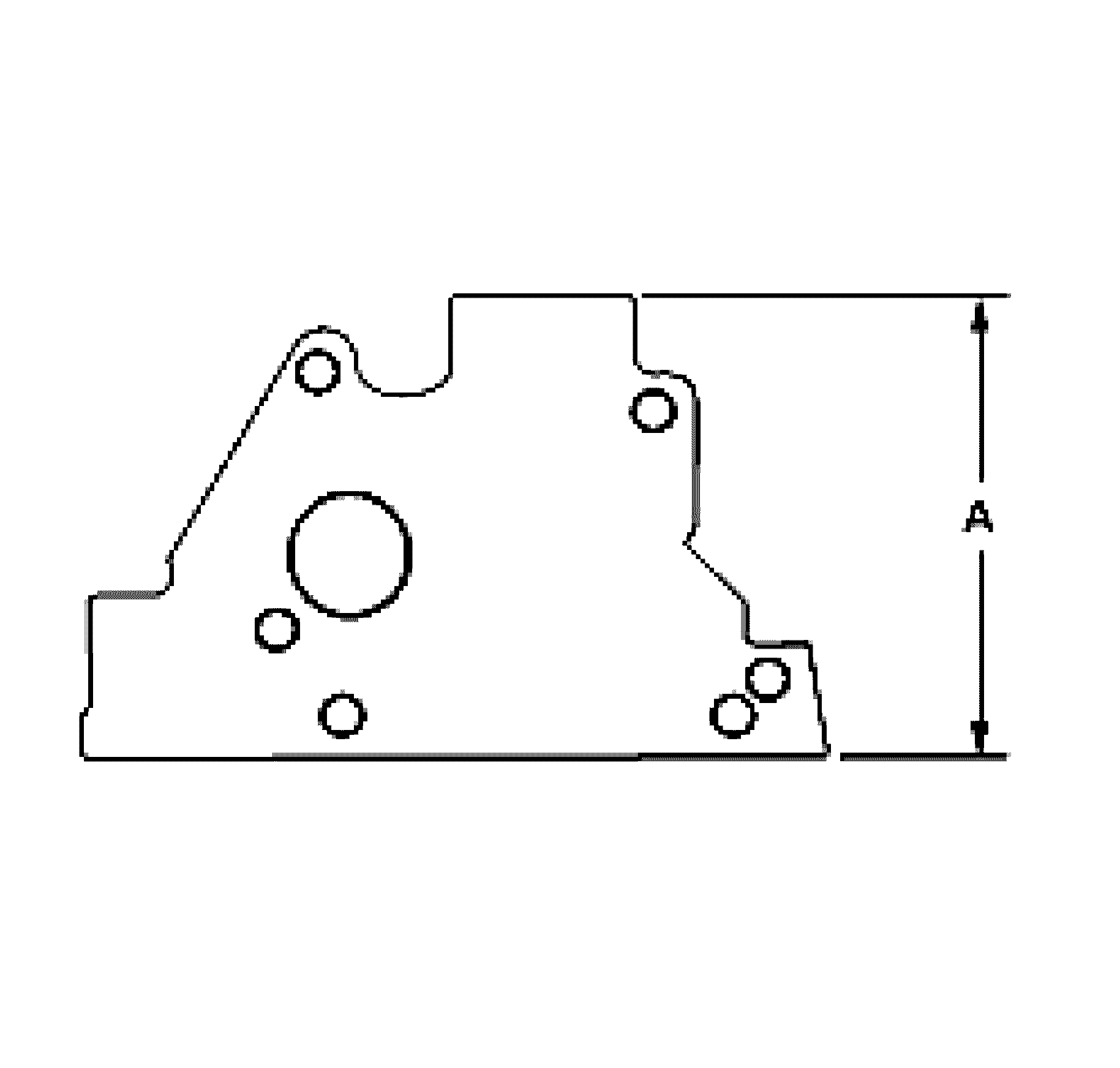
- Measure the overall height of the cylinder head (A)
and ensure it is within the specified limit. Refer to
Engine Mechanical Specifications.
Cylinder Head Cleaning and Inspection LS3
Tools Required
Caution: Refer to Safety Glasses Caution in the Preface section.
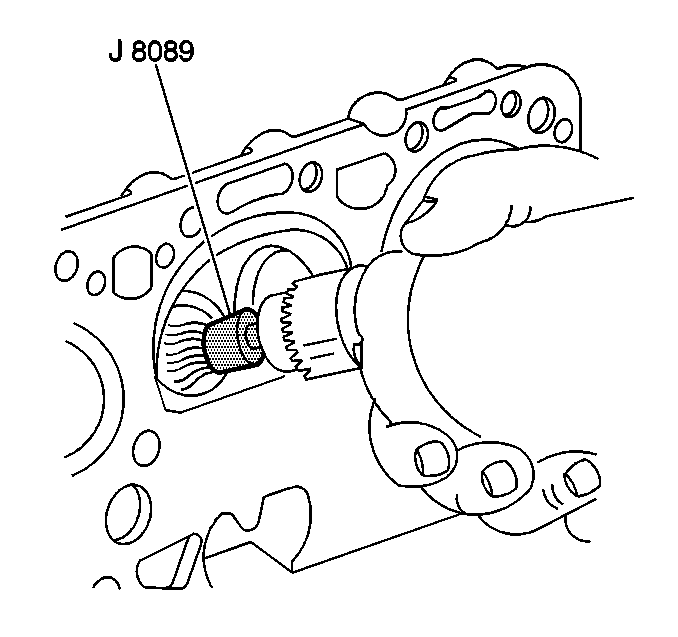
Important:
| • | When cleaning a cylinder head in a thermal type oven, do not exceed 204°C (400°F). |
| • | Be careful not to scuff the chamber. |
- Clean the following components:
| • | Use the
J 8089
in order to remove the carbon from the combustion chambers. |
| • | Valve stems and heads on a buffing wheel |
| • | Remove all dirt, debris, or threadlocking material from the bolt holes. |
- Inspect the cylinder head for the following conditions:
| 2.1. | Cracks in the exhaust ports and combustion chambers |
| 2.2. | External cracks in the water chambers |
| 2.3. | Gasket surfaces for excessive scratches or gouging |
Refer to
Replacing Engine Gaskets.
| 2.4. | Bolt hole threads for debris or damaged threads |
Refer to
Thread Repair or
Thread Repair Specifications.

- Inspect the cylinder head for warpage. Refer to
Engine Mechanical Specifications.
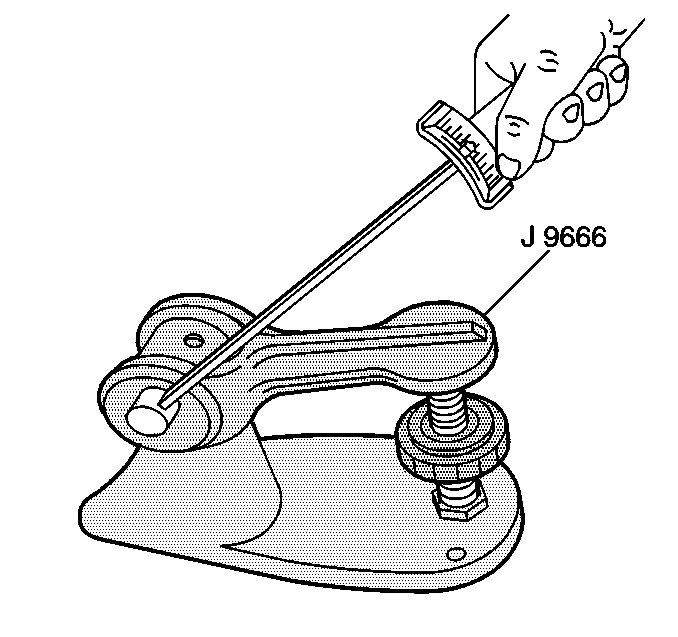
- Use the
J 9666
in order to measure the valve spring tension. Refer to
Engine Mechanical Specifications.
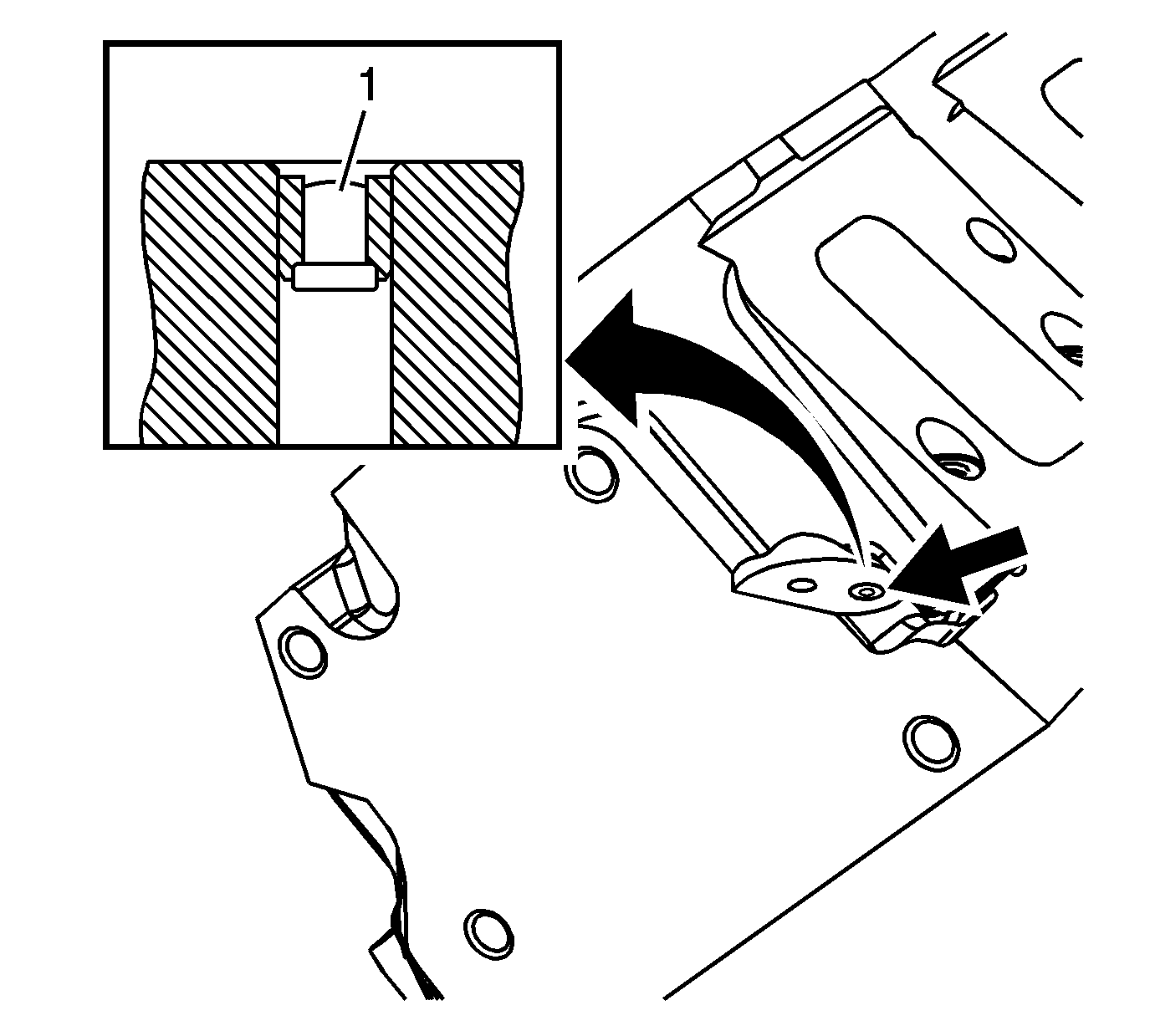
- Inspect for a leaking plug. Second design applications use a rivet-type plug at the top rear coolant passage of each cylinder head. If service of a leaking plug is required, it is necessary to remove the cylinder head from the
engine to properly remove the plug. Refer to
Cylinder Head Disassemble







